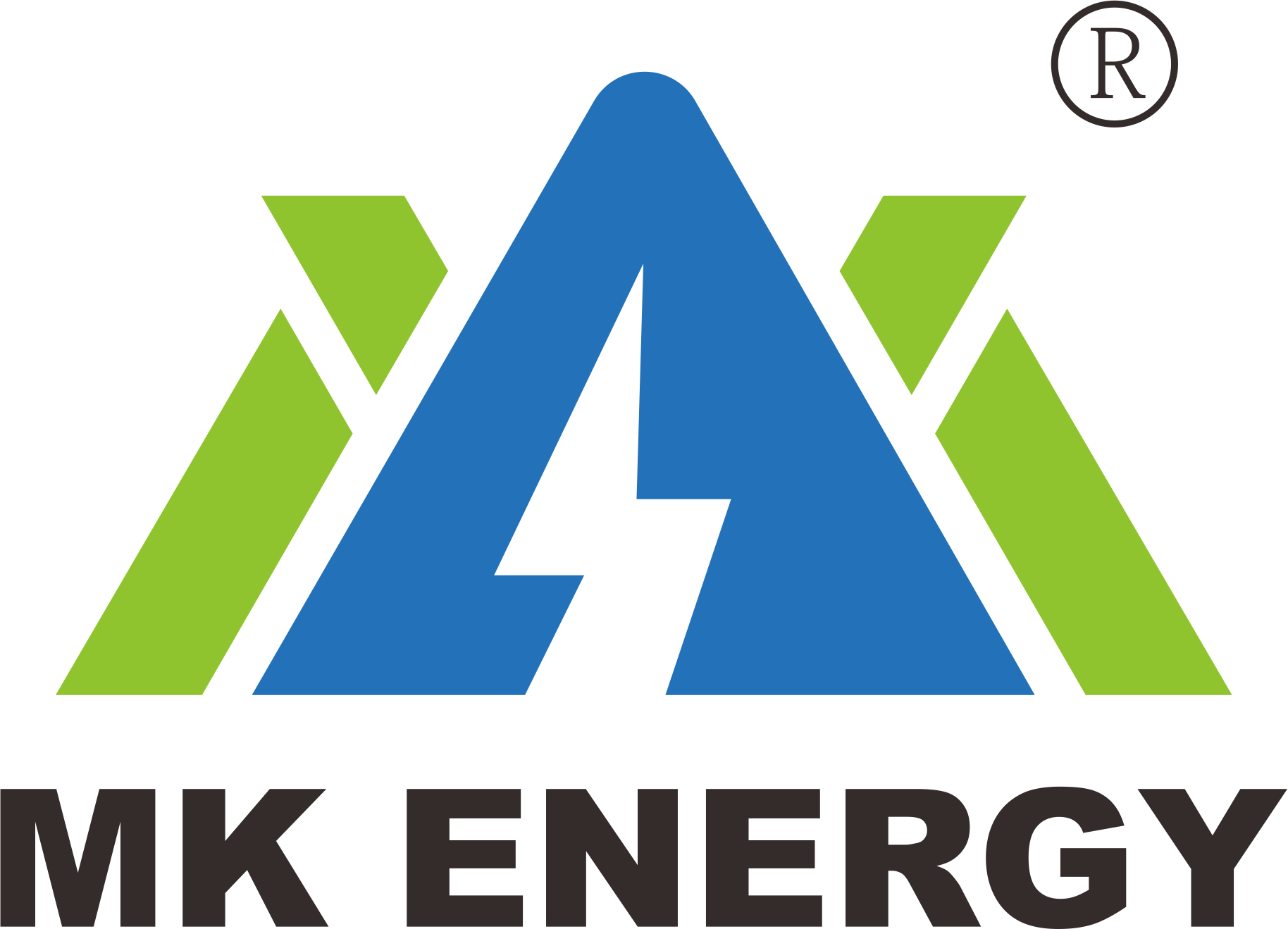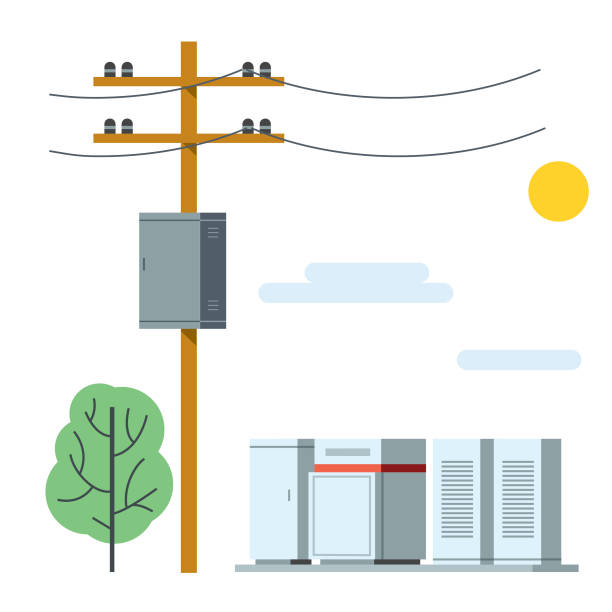As the world shifts towards sustainable energy solutions, renewable energy sources such as solar and wind power are becoming increasingly prevalent. However, the intermittent nature of these energy sources presents a significant challenge: how to ensure a stable and reliable energy supply. This is where batteries play a crucial role in renewable energy integration. In this article, we explore how batteries are transforming the renewable energy landscape and what the future holds for this critical technology.
Balancing Supply and Demand
Energy Storage: Batteries store excess energy generated during peak production times (e.g., sunny or windy periods) for use when production is low. This helps in balancing the supply and demand, ensuring a consistent energy flow; By providing a buffer, batteries help stabilize the grid, preventing fluctuations that can lead to blackouts or reduced power quality. This is especially important for integrating large-scale renewable energy projects.
Enhancing Grid Reliability
Backup Power: Batteries provide backup power during outages or periods of low renewable energy generation, ensuring an uninterrupted supply of electricity. This is vital for critical infrastructure and services; By discharging during peak demand periods, batteries reduce the strain on the grid, minimizing the need for expensive and polluting peaker plants.
Enabling Decentralized Energy Systems
Microgrids:Batteries enable the creation of microgrids, which are localized energy systems that can operate independently or in conjunction with the main grid. This is particularly beneficial for remote or off-grid locations; Microgrids enhance energy resilience by allowing communities to maintain power during broader grid failures. They also provide flexibility in integrating various renewable energy sources.
Supporting Renewable Energy Projects
Solar and Wind Integration: Batteries smooth out the intermittent output of solar and wind power, making them more predictable and reliable. This is crucial for grid operators to manage energy flows effectively; Batteries enable energy arbitrage, where excess energy is stored during low-demand periods and sold during high-demand periods, optimizing the economic value of renewable energy projects.
Advancing Technological Innovations
- Lithium-Ion Batteries: Widely used due to their high energy density, efficiency, and declining costs. They are ideal for both small-scale and large-scale renewable energy integration.
- Flow Batteries: Offering longer discharge durations and better scalability, flow batteries are suitable for large-scale energy storage applications.
- Solid-State Batteries: Emerging as a promising technology with higher energy density and enhanced safety features, solid-state batteries could revolutionize energy storage in the near future.
Environmental and Economic Benefits
Reducing Carbon Footprint: By enabling the use of renewable energy and reducing reliance on fossil fuels, batteries help lower greenhouse gas emissions and combat climate change; Batteries support sustainable development by promoting cleaner energy sources and creating green jobs in the energy storage sector.
Cost Savings: By storing and using energy more efficiently, batteries can help lower energy costs for consumers and businesses. This makes renewable energy more competitive with traditional energy sources; The growing demand for energy storage solutions presents significant investment opportunities, driving innovation and economic growth in the renewable energy sector.
Conclusion
Batteries play a pivotal role in the integration of renewable energy by balancing supply and demand, enhancing grid reliability, enabling decentralized energy systems, supporting renewable energy projects, advancing technological innovations, and providing environmental and economic benefits. As battery technology continues to evolve, its role in renewable energy integration will only become more critical, paving the way for a sustainable and resilient energy future.


